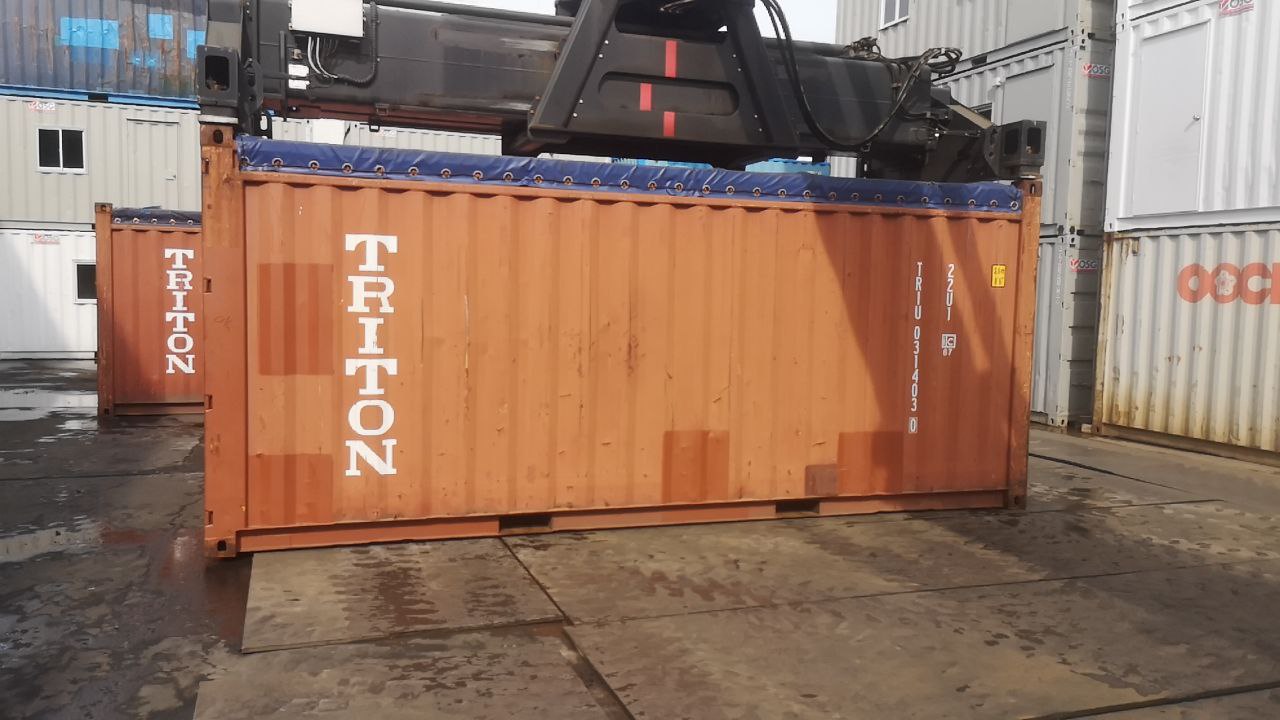Shipping Containers and Disaster Relief: A Game-Changer in Crisis Management

In the world of disaster relief, every second counts, and the efficiency of response efforts can significantly impact the survival and recovery of affected communities. Among the many innovative solutions that have emerged to address these challenges, shipping containers have proven to be a game-changer. Their versatility, durability, and adaptability have made them invaluable tools in crisis management, revolutionizing the way aid is delivered and managed during emergencies.
The Rise of Shipping Containers in Disaster Relief
Shipping containers have been used primarily for transporting goods across the globe. However, their robust design and modular nature make them ideal for various applications beyond logistics. In recent years, humanitarian organizations and disaster relief agencies have recognized the potential of these containers in crisis situations. The concept of repurposing shipping containers for disaster relief gained traction due to their inherent qualities:
- Durability and Strength: Shipping containers are built to withstand harsh conditions during transit, making them inherently resilient to environmental stresses. This durability ensures that they can endure the rigors of disaster zones, where traditional structures might fail.
- Modularity and Flexibility: The modular design of shipping containers allows for easy stacking and arrangement. This flexibility enables them to be adapted for various purposes, such as temporary shelters, medical clinics, or storage units. The ability to quickly reconfigure containers based on immediate needs enhances their effectiveness in crisis management.
- Cost-Effectiveness: Compared to constructing new buildings or structures, repurposing shipping containers offers a more cost-effective solution. The availability of surplus containers from global shipping operations further reduces costs, making them an economical choice for relief efforts.
Applications of Shipping Containers in Disaster Relief
Shipping containers have been employed in several innovative ways to address the diverse needs of disaster-stricken areas. Some notable applications include:
- Emergency Shelters: In the aftermath of natural disasters, displaced populations often require immediate shelter. Shipping containers can be converted into temporary housing units, providing safe and secure accommodation for those affected. These containers can be equipped with essential amenities such as electricity, plumbing, and insulation, offering a more comfortable living environment in the midst of crisis.
- Medical Facilities: The rapid establishment of medical facilities is crucial in disaster response. Shipping containers can be transformed into mobile clinics or field hospitals, equipped with medical supplies, examination rooms, and even operating theaters. Their portability allows for the quick deployment of healthcare services to areas in dire need.
- Storage Solutions: Efficient storage and distribution of aid supplies are vital for effective relief operations. Shipping containers serve as secure storage units for essential items like food, water, clothing, and medical supplies. Their ability to be easily transported and stacked enhances logistical efficiency and ensures that aid reaches those who need it most.
- Community Centers and Educational Facilities: Beyond immediate relief, long-term recovery efforts require community support and educational resources. Shipping containers can be repurposed into community centers or schools, providing a space for education, counseling, and community gatherings. These facilities contribute to the rebuilding of social infrastructure in affected areas.
Success Stories and Impact
Several successful projects have demonstrated the impact of shipping containers in disaster relief:
- Haiti Earthquake (2010): Following the devastating earthquake in Haiti, shipping containers were used to create temporary shelters and medical clinics. Organizations like the Haitian Red Cross and Partners In Health utilized containers to provide essential services and aid to the affected population.
- Syrian Refugee Crisis: The ongoing Syrian refugee crisis has seen the use of shipping containers as part of the response strategy. Containers have been converted into temporary housing units and community centers in refugee camps, helping to address the urgent needs of displaced individuals.
- Typhoon Haiyan (2013): In the aftermath of Typhoon Haiyan in the Philippines, shipping containers were employed to deliver emergency supplies and establish temporary medical facilities. Their versatility and adaptability played a crucial role in the recovery efforts.
Challenges and Considerations
While shipping containers offer numerous advantages, there are also challenges to consider. The logistical coordination required for container deployment, the need for proper insulation in extreme climates, and the potential for limited space in smaller containers are factors that must be addressed to ensure their effectiveness.
Conclusion
Shipping containers have emerged as a transformative tool in disaster relief, offering a versatile, durable, and cost-effective solution for managing crises. Their applications range from providing emergency shelter to establishing medical facilities and community centers. As the frequency and intensity of natural disasters continue to rise, the innovative use of shipping containers will likely play an increasingly vital role in crisis management and recovery efforts. By leveraging the potential of these containers, humanitarian organizations and disaster response teams can enhance their ability to deliver timely and effective aid, ultimately contributing to the resilience and recovery of affected communities.

